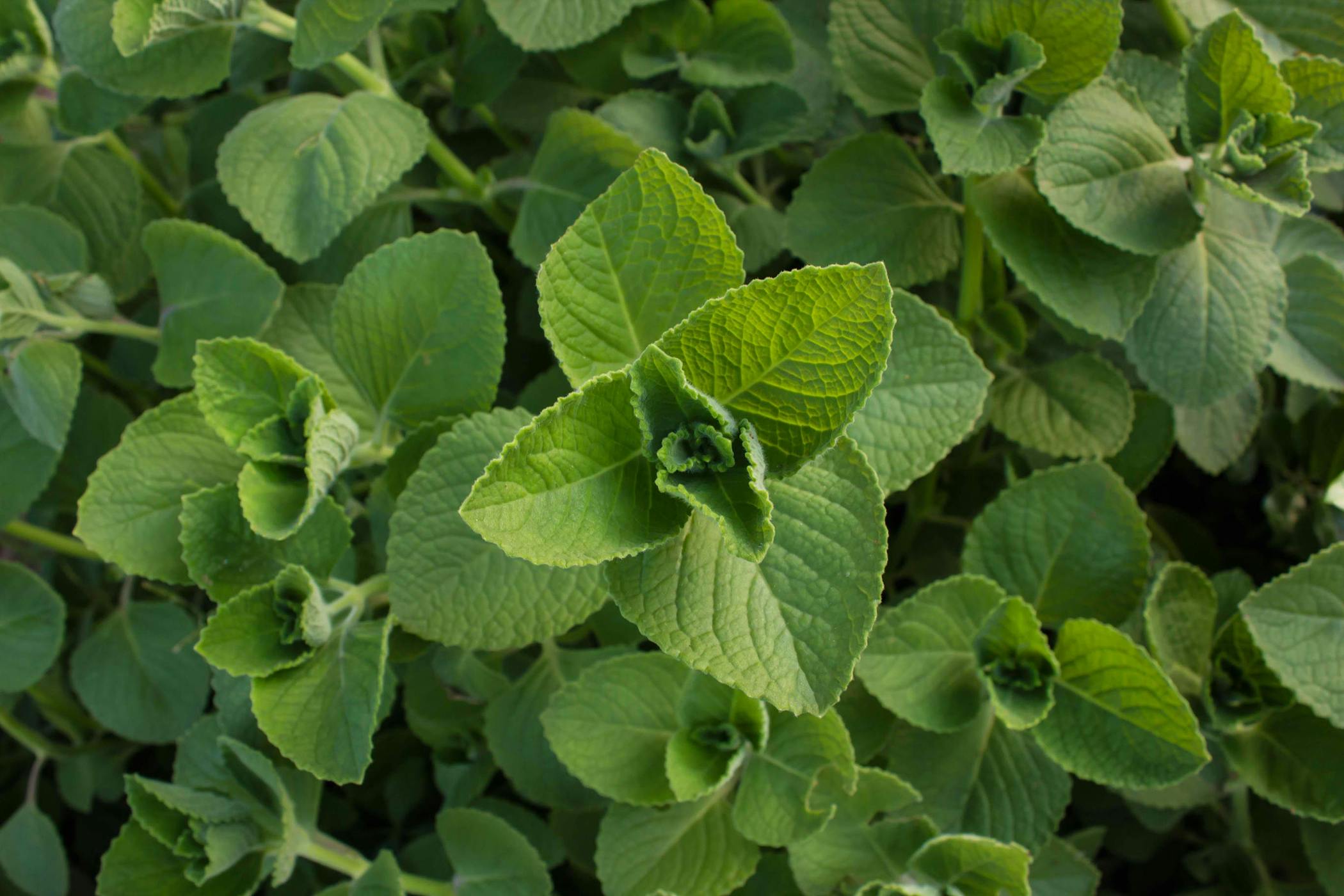

Chemotherapy-induced OM is marked by inflammation and atrophy of the mouth’s mucosal lining, leading to problems with eating, swallowing, and drinking, and in severe cases causing mouth ulcers.

Oral mucositis (OM) is a common complication of radiation therapy among head and neck (H&N) cancer patients. Higher doses, other preparation methods, or longer treatment periods might further improve therapeutic outcomes.Ī 2018 study conducted at the Cyprus Oncology Centre in Strovolos, Cyprus, examined the use of thyme honey as a treatment for oral mucositis in patients with head and neck cancer. They propose that this compound is likely the one responsible for the herb’s various demonstrated pharmacological activities.

In their biochemical analysis of the ZM samples, the investigators identified thymol as the plant’s main component. The Shiraz University study was the first to investigate the use of Shirazi thyme to treat NAFLD. It is well-regarded not only for its antioxidative and anti-inflammatory properties, but also for its ability to increase insulin sensitivity and normalize blood sugar levels.Īt present, diet and lifestyle modifications are the primary treatment strategies for NAFLD––but there is some evidence suggesting that antioxidants and anti-inflammatory products could play a role in managing the disease. ZM, a staple in Persian traditional medicine, is cultivated widely in Iran, Pakistan, and Afghanistan and used both in cooking and medicinally. There were no significant differences between the two groups with respect to serum levels of C-reactive protein (hs-CRP), Tumor necrosis factor-α (TNF-α), grade of fatty liver, or lipid profiles. However, these differences did not reach statistical significance after the investigators adjusted for confounding factors. While both groups displayed significant reductions (P<0.001) in serum alanine aminotransferase at the study’s six- and twelve-week marks, the difference was greater in the thyme group than the control group (P<0.05). Preventing the development of hypertension is of paramount importance in these patients ( Patil, R. This is noteworthy given that people with NAFLD are at increased risk for cardiovascular disease. All patients were also advised to follow standard dietary recommendations, including elimination of soft drinks and fast food.Ĭompared with the placebo, the thyme supplementation resulted in significant reductions in serum insulin levels (-2.72 ± 0.80 vs. The cohort of 85 patients with evidence of fatty liver were randomized to receive capsules containing either 700 mg of ZM powder or a wheat flour placebo, twice daily––once before breakfast and again at bedtime––for 12 weeks. The Shiraz group evaluated the effects of ZM supplementation on insulin-resistant patients with NAFLD, the most common type of liver disorder worldwide ( Zamani, N. The data, published in the journal Complementary Therapies in Medicine, suggest that the plant improves insulin sensitivity, reduces serum insulin levels, and lowers blood pressure. Researchers at Shiraz University of Medical Sciences in Shiraz, Iran explored the effects of Zataria multiflora Boiss (ZM), or Shirazi thyme, on nonalcoholic fatty liver disease (NAFLD) and insulin resistance. A pair of recent studies exploring the health benefits of thyme indicate potential roles for the medicinal herb in treating cancer-related conditions, nonalcoholic fatty liver disease, and insulin resistance.


 0 kommentar(er)
0 kommentar(er)
